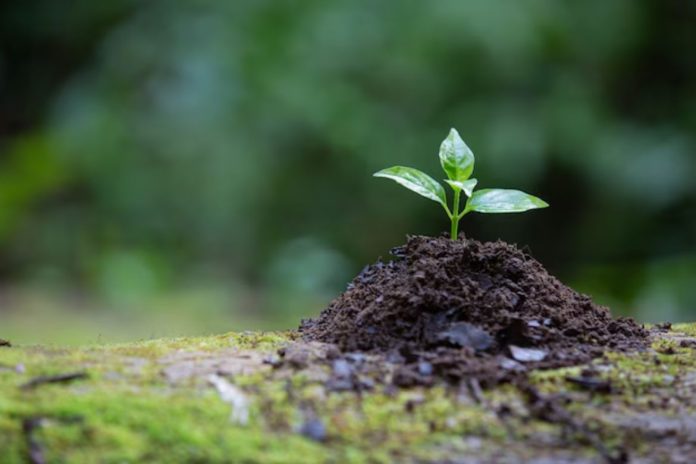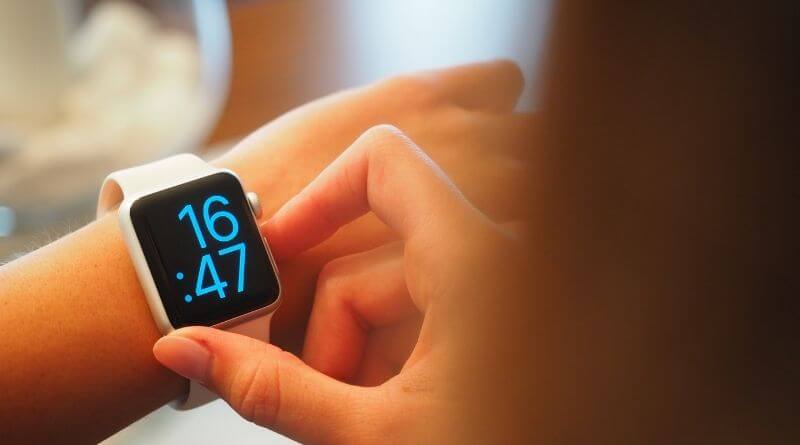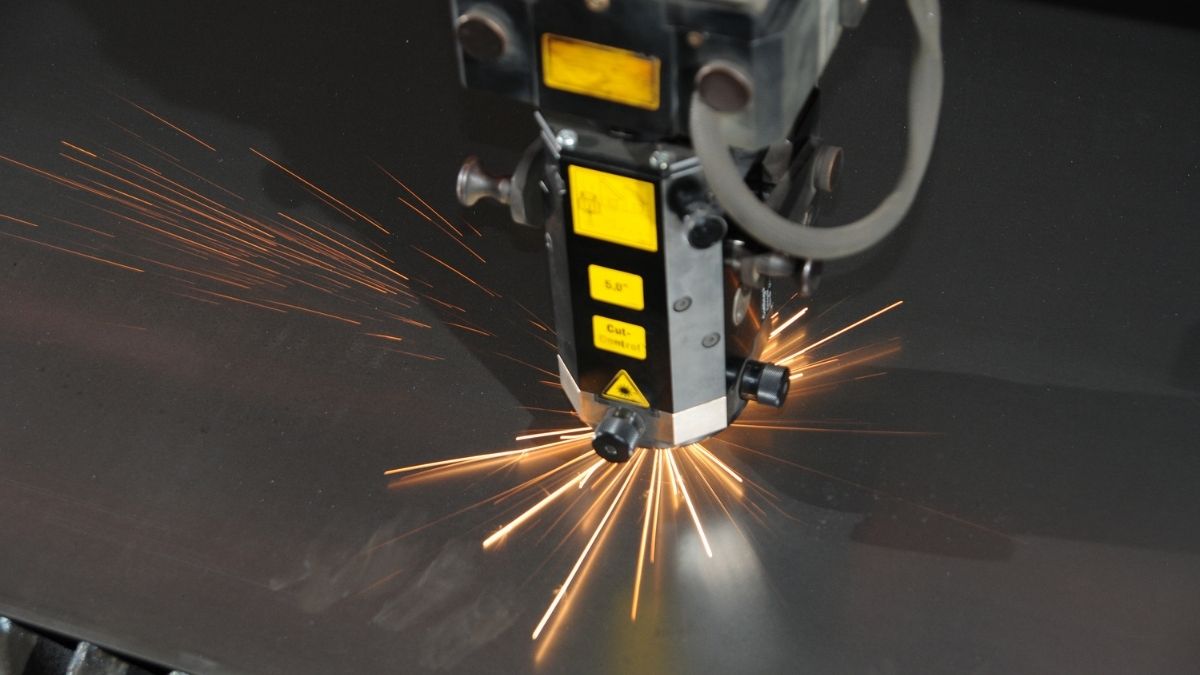The Hong Kong Palm, scientifically known as Rhapis excelsa, is a beautiful and resilient plant that thrives both indoors and outdoors. Commonly referred to as the Lady Palm, it is loved for its lush green foliage and ability to adapt to various growing conditions. Whether you’re a seasoned gardener or just starting your journey in growing plants, this guide will walk you through everything you need to know about cultivating and maintaining the Hong Kong Palm successfully.
Understanding the Hong Kong Palm (Rhapis excelsa)
Before diving into the specifics of care, it’s important to understand what makes this plant unique. The Hong Kong Palm is native to Southeast Asia and is widely appreciated for its fan-shaped leaves and clumping growth pattern. It is commonly used as an ornamental plant in homes, offices, and gardens due to its air-purifying qualities and elegant appearance.
Key Features of Rhapis excelsa:
- Slow-growing: It takes years to reach its full height, making it a long-term investment.
- Shade-tolerant: Can thrive in low light conditions, making it ideal for indoor settings.
- Air-purifying: Helps remove toxins from indoor environments.
- Drought-resistant: Requires minimal watering once established.
Choosing the Right Location
Indoor Placement
When growing a Hong Kong Palm indoors, selecting the right spot is crucial. This plant thrives in bright, indirect light but can also adapt to low-light environments. If placed near a window, ensure it is not exposed to direct sunlight for prolonged periods, as this can scorch the leaves.
Ideal Indoor Conditions:
- Light: Bright, indirect sunlight or partial shade
- Temperature: 60–80°F (15–27°C)
- Humidity: Prefers moderate to high humidity
- Air circulation: Ensure good airflow but avoid cold drafts from air conditioners or open windows
Outdoor Placement
For those planting the Hong Kong Palm outdoors, choosing a shaded or partially shaded area is best. It grows well under larger trees or in areas protected from harsh afternoon sun.
Ideal Outdoor Conditions:
- Climate: Thrives in USDA zones 9–11
- Soil: Well-draining, rich in organic matter
- Sunlight: Prefers shade or filtered light
Soil and Pot Selection
Proper soil and pot selection will ensure your Hong Kong Palm grows healthy and strong.
Best Soil Type
The plant requires well-draining soil that retains some moisture without becoming soggy. A mix of peat, sand, and perlite works best. You can also use a high-quality potting mix designed for palms.
Choosing the Right Pot
If growing the Hong Kong Palm in a container, select a sturdy, well-draining pot with drainage holes to prevent root rot. Terra-cotta or ceramic pots are excellent choices as they allow the soil to breathe.
Watering Requirements
The Hong Kong Palm is relatively low-maintenance when it comes to watering. However, it’s essential to find the right balance.
How Often to Water
- Indoors: Water once the top inch of soil feels dry. This is typically every 7–10 days, but frequency may vary based on humidity and temperature.
- Outdoors: Water once or twice a week, especially during dry spells. Reduce watering during colder months.
Signs of Overwatering and Underwatering
- Overwatering: Yellowing leaves, root rot, moldy soil
- Underwatering: Browning leaf tips, dry and brittle foliage
Fertilizing the Hong Kong Palm
Regular fertilization ensures lush growth and vibrant green leaves.
Best Fertilizers
Use a balanced, slow-release fertilizer (e.g., 10-10-10 or 20-20-20) during the growing season (spring and summer). Organic compost or liquid seaweed extract can also be beneficial.
Fertilizing Schedule
- Spring & Summer: Feed every 4–6 weeks
- Fall & Winter: Reduce feeding to once every 2–3 months
Pruning and Maintenance
Pruning helps keep the Hong Kong Palm looking neat and encourages healthy growth.
How to Prune
- Remove yellow or damaged leaves using sterilized pruning shears.
- Cut off any dead stems at the base.
- Trim brown leaf tips to maintain an attractive appearance.
Common Pests and Diseases
While relatively pest-resistant, the Hong Kong Palm can sometimes be affected by:
Common Pests
- Spider mites: Look for webbing on the leaves.
- Mealybugs: Appear as white cotton-like clusters on stems.
- Scale insects: Small, brown bumps that suck sap from the plant.
How to Treat Pests
- Wipe leaves with insecticidal soap or neem oil.
- Use a mild soap and water solution to clean the foliage.
Common Diseases
- Root rot (caused by overwatering)
- Leaf spot (due to excessive moisture on leaves)
To prevent diseases, ensure good air circulation and avoid overwatering.
Propagating the Hong Kong Palm
The easiest way to propagate a Hong Kong Palm is through division.
Steps for Propagation
- Select a mature plant with multiple clumps.
- Carefully remove the plant from its pot.
- Separate healthy offshoots from the main plant using a sharp knife.
- Replant in moist, well-draining soil and water lightly.
Propagation is best done in spring or early summer for optimal growth.
Conclusion
The Hong Kong Palm (Rhapis excelsa) is a stunning, easy-to-care-for plant that enhances any space with its tropical charm. By choosing the right location, using well-draining soil, following a proper watering schedule, and keeping up with pruning and pest control, you can enjoy a lush and healthy palm for years to come. visit: www.seoulgardener.com









